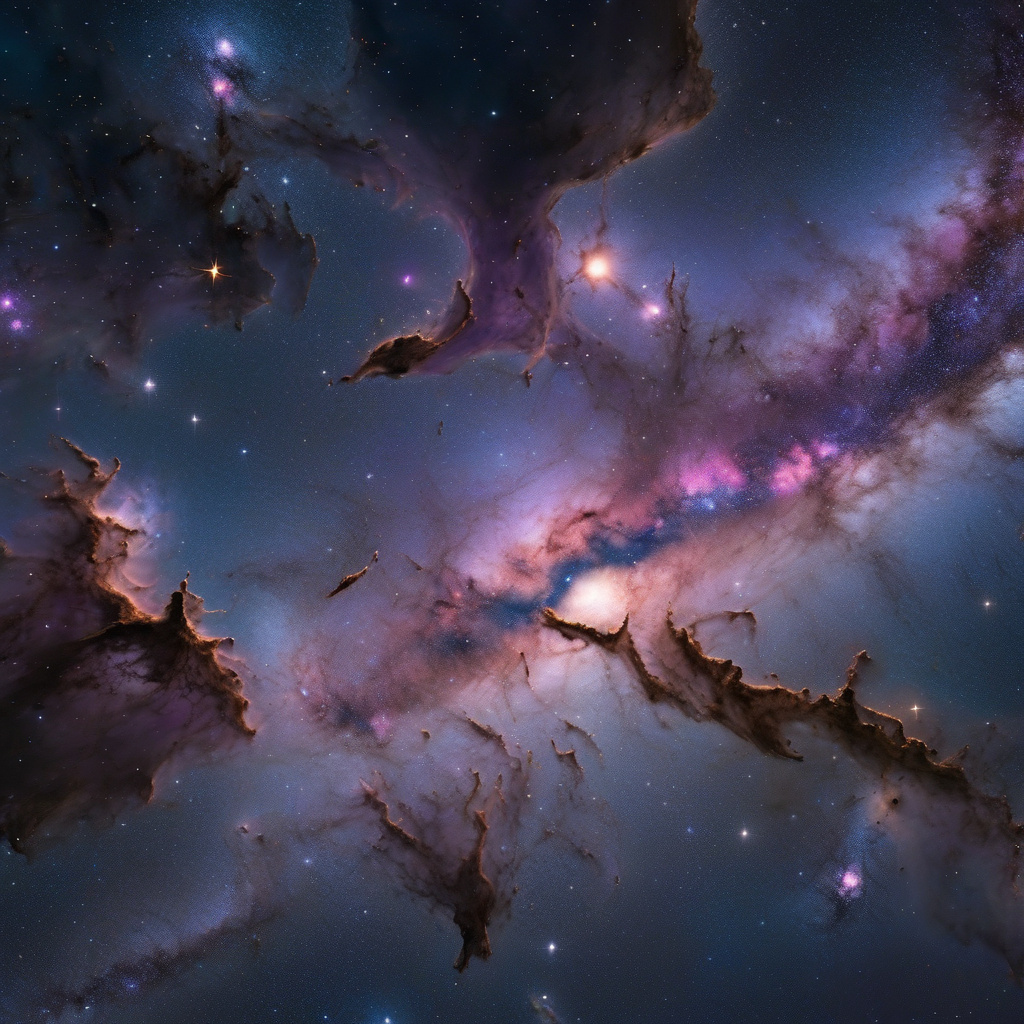Mysterious Glow from Milky Way’s Center Could Prove Dark Matter Exists
A team of scientists from Johns Hopkins University has shed new light on a mysterious glow emanating from the center of the Milky Way galaxy. This intriguing discovery has sparked excitement in the scientific community as it could potentially provide concrete evidence for the existence of dark matter, a substance that has long eluded direct detection.
Dark matter is a hypothetical form of matter that is thought to make up approximately 27% of the universe, yet it does not emit, absorb, or reflect light, making it invisible and incredibly challenging to study. Despite its enigmatic nature, dark matter is believed to play a crucial role in the formation and structure of galaxies, including our own Milky Way.
The team of scientists from Johns Hopkins University focused their research on deciphering the origins of a peculiar glow of gamma-ray light that permeates from the galactic center. By analyzing data collected by NASA’s Fermi Gamma-ray Space Telescope, the researchers were able to map out the intensity and distribution of this mysterious glow in unprecedented detail.
What they found was astonishing. The gamma-ray glow exhibited a unique spatial distribution that did not align with any known sources of gamma-ray emissions in the Milky Way. This discrepancy led the researchers to consider the possibility that the glow could be a telltale sign of dark matter interactions taking place at the galactic center.
One of the leading theories posits that dark matter particles, known as weakly interacting massive particles (WIMPs), could be annihilating one another and producing gamma rays as a byproduct. If this hypothesis proves to be true, it would not only provide compelling evidence for the existence of dark matter but also offer valuable insights into its properties and behavior.
The implications of confirming the presence of dark matter at the heart of our galaxy are profound. Not only would it validate decades of theoretical work and simulations, but it could also open up new avenues for studying the elusive substance and its role in shaping the cosmos.
While the findings from Johns Hopkins University represent a significant step forward in the search for dark matter, further research and observations will be needed to corroborate these initial results. Scientists around the world are eagerly awaiting additional data from upcoming missions and experiments, such as the European Space Agency’s Euclid mission and the Large Hadron Collider at CERN.
As our understanding of the universe continues to evolve, discoveries like the mysterious glow from the Milky Way’s center serve as a reminder of the boundless mysteries that await exploration. Whether dark matter will finally reveal itself or continue to elude detection remains to be seen, but one thing is certain – the quest to unravel the secrets of the cosmos will persist, driving scientific innovation and discovery for years to come.
dark matter, Milky Way, Johns Hopkins University, gamma rays, scientific discovery












